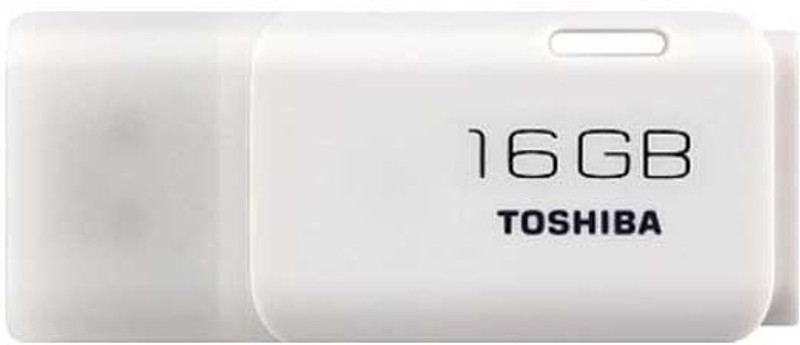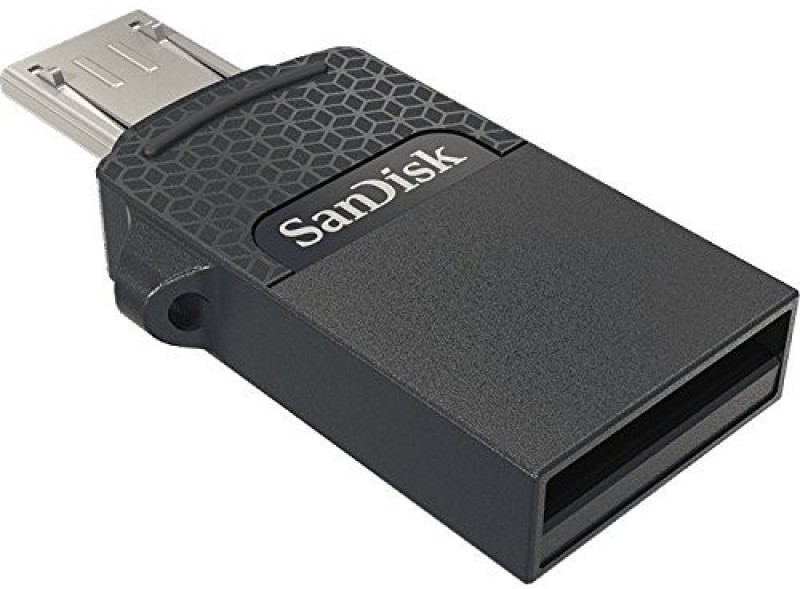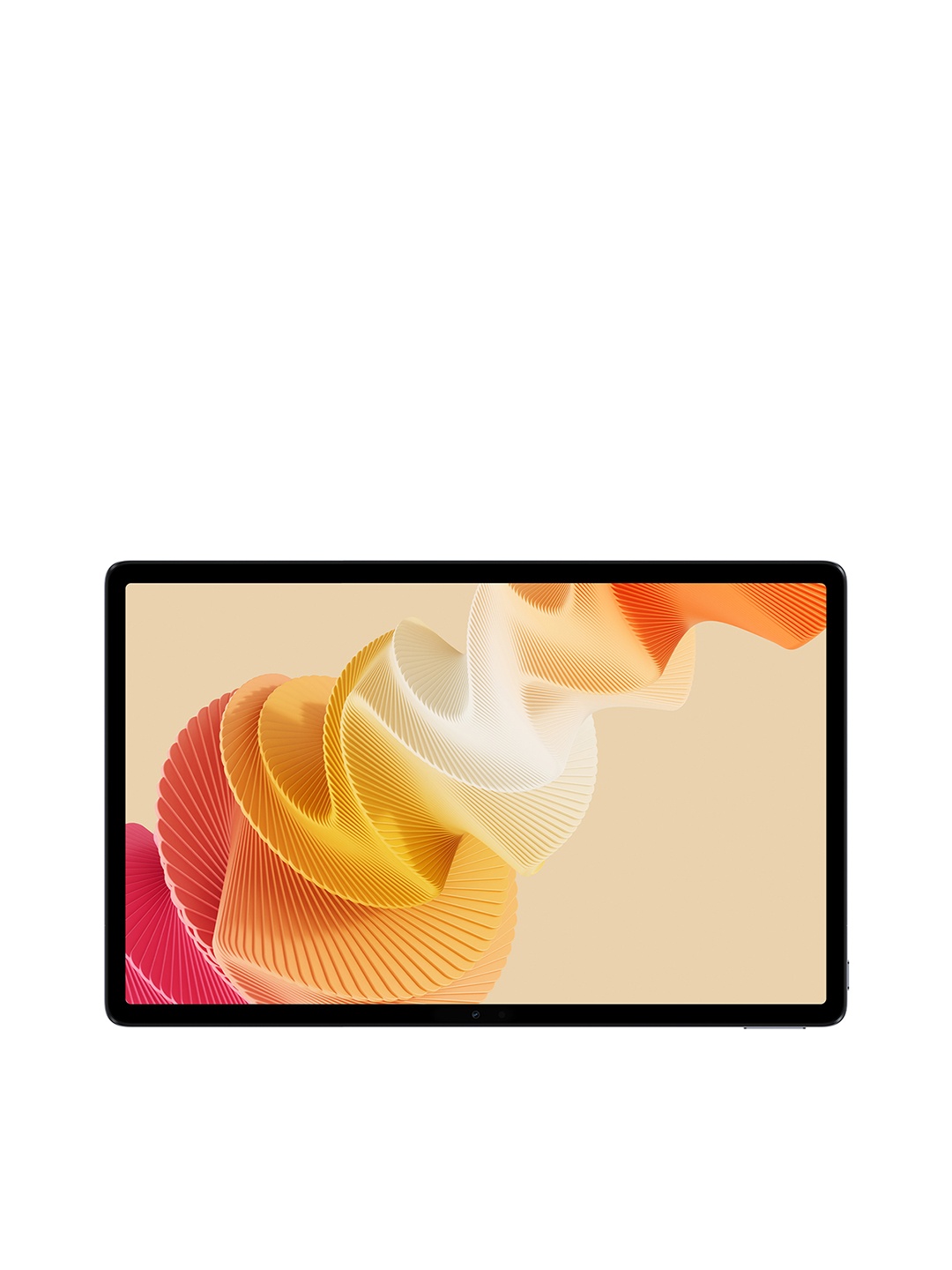Your Secret To A Perfect Yoga Practice: A Fitted Yoga Pants

When it comes to yoga, we often focus on the physical postures, breathing techniques, and meditation practices. We spend hours perfecting our downward-facing dog, warrior poses, and tree stands. We invest in yoga mats, blocks, and straps to support our practice. However, there's another crucial element that can make or break your yoga practice: your yoga pants. A good pair of yoga pants can provide comfort, support, and flexibility, allowing you to move freely and focus on your practice. On the other hand, ill-fitting or uncomfortable yoga pants can distract you from your practice, cause discomfort, and even lead to injuries. The guide to the importance of wearing the right yoga pants and provide tips on how to choose the perfect pair for your practice is important, so here, is the guide.
Also Read: Elevate Your Workwear: Shop Formal Trousers From H&M And Sassafras Under ₹5,000 On Myntra
The Right Yoga Pants Can Make All The Difference
A good pair of yoga pants can make all the difference in your practice. It can provide a full range of motion, allowing you to move freely and comfortably. It can also provide support and compression, which can help improve blood flow and reduce muscle soreness. Moreover, a good pair of yoga pants can boost your confidence and make you feel more comfortable in your own skin. When you wear yoga pants that fit well and feel great, you're more likely to focus on your practice and push yourself to new limits. They can cause chafing, digging, and discomfort, which can make it difficult to focus on your practice.
Understanding Your Body Type
To find the perfect yoga pants, you need to understand your body type. Are you petite, tall, curvy, or athletic? Different body types require different features in yoga pants. For example, petite women may prefer yoga pants with a shorter inseam, while tall women may prefer pants with a longer inseam. Curvy women may prefer yoga pants with a wider waistband and more compression, while athletic women may prefer pants with a snugger fit and more flexibility. Understanding your body type and what you need from your yoga pants can help you make a more informed decision when shopping for a new pair.
The Importance Of Fabric
The fabric of your yoga pants is just as important as the fit. Look for breathable, moisture-wicking fabrics that will keep you cool and dry during your practice. Natural fibres like cotton, bamboo, and hemp are great options, but synthetic fibres like polyester and nylon can also be comfortable and durable. Consider the climate and temperature of your practice space when choosing the fabric of your yoga pants. For example, if you practice in a hot and humid climate, you may prefer a lightweight, breathable fabric. On the other hand, if you practice in a cooler climate, you may prefer a thicker, warmer fabric.
Four-Way Stretch For Maximum Flexibility
Yoga involves a lot of movement, bending, and twisting. That's why four-way stretch is essential in yoga pants. This feature allows you to move freely and comfortably, without restriction or distraction. Four-way stretch fabric can stretch in all directions, providing a full range of motion. This feature is especially important for yogis who practice dynamic and flowing styles of yoga, such as Vinyasa or Ashtanga. When shopping for yoga pants, look for fabrics with four-way stretch to ensure maximum flexibility and comfort.
Waistband Options: High, Low, Or Mid-Rise?
The waistband of your yoga pants can make a big difference in your practice. Do you prefer a high waistband for added support and coverage, a low waistband for a more relaxed fit, or a mid-rise waistband for a balance between the two? High-waisted yoga pants can provide additional support and coverage, which can be beneficial for yogis who practice inverted poses or have concerns about modesty. On the other hand, low-waisted yoga pants can provide a more relaxed fit and a greater range of motion. Mid-rise waistbands can offer a balance between support and flexibility.
Compression Fit For Support And Stability
A compression fit in yoga pants can provide support and stability, especially during dynamic movements. This feature can also help improve blood flow and reduce muscle soreness. Compression fit yoga pants can provide a snugger fit, which can help keep your muscles warm and supported. This feature is especially beneficial for yogis who practice intense or physically demanding styles of yoga, such as power yoga or hot yoga. When shopping for yoga pants, consider the level of compression you need and look for pants with a compression fit that provides the right amount of support and stability.
Pockets And Storage: A Convenient Feature
Let's face it: we all need a place to stash our small essentials during yoga practice. That's why pockets and storage features in yoga pants are so convenient. Look for pants with hidden pockets, phone compartments, or other storage solutions. Pockets can provide a safe and secure place to store your keys, phone, or other small items.
Sustainability And Eco-Friendliness
As yogis, we care about the environment and our impact on the planet. That's why sustainable and eco-friendly yoga pants are becoming increasingly popular. Look for brands that use recycled materials, organic cotton, or other environmentally friendly practices.
Invest In The Right Yoga Pants
The right yoga pants can elevate your practice and provide comfort, support, and flexibility. By understanding your body type, fabric preferences, and feature requirements, you can find the perfect yoga pants for your needs. Invest in a good pair, and you'll be amazed at the difference it can make in your practice.
Products Related To This Article
1. Puma Women Solid Mid Rise Regular Fit Sustainable Joggers
2. Puma Ess Sweatpants Women Tr Op
3. Puma Ess Women Sweatpants
4. Puma PUMA Premium Essentials Relaxed Fit Graphic Sweatpants
5. Reebok Womens Sweatpants Track Pants
6. Puma Zippered Jersey Women Sweatpants
7. Puma DARE TO Women Joggers Track Pants
The importance of wearing the right yoga pants cannot be overstated. By understanding your body type, fabric preferences, and feature requirements, you can find the perfect yoga pants for your practice. Whether you prioritise comfort, support, flexibility, or style, there's a pair of yoga pants out there that's right for you. So why settle for a mediocre pair of yoga pants when you can invest in a high-quality pair that will take your practice to the next level? Remember, the right yoga pants are not just a piece of clothing, they're a tool that can help you deepen your practice, build confidence, and cultivate a greater sense of self-awareness.
Disclaimer: The images used in this article are for illustration purposes only. They may not be an exact representation of the products, categories, and brands listed in this article.




























